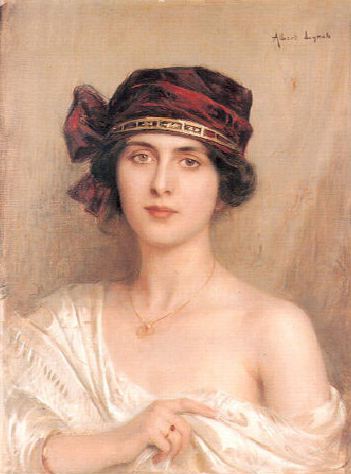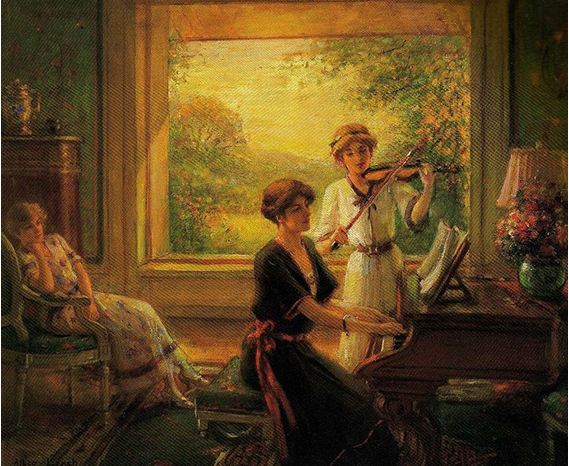Biografía
Gerardo Chavez was born in Trujillo, Perú in 1937.
His formation was in the National Superior School of Beaux Arts,
although Gerardo, in public statements, recognizes, as his most significative
master, his brother Angel, 8 years older than him. It is possible and
understanding this fraternal formation, although among the styles and work does
not exist a noticeable relation.
He graduated from the School in 1959, about 4 years later than the year
his brother and master did. Angel traveled to Paris in the first years of the
60’s. During his European stay, he obtain a solid reputation within the
Parisian scene -a deed not very common in such reluctant and competitive
market, especially for a Latin American moving up on his own merits, in good
place among the painters of the “Paris School” in its post World war II
version- and as such he appears in the lists of exhibitors in the most renowned
art galleries of the Old Continent.
The painting of Gerardo Chavez, initially figurative-realist, changed
this vision for a fitting to surrealism. Within the style and the concepts of
the Chilean painter Eduardo Matta who could be labeled as the “real master” of
our painter, rookie Parisian whom the prestige and the support of Mr. Matta,
opened horizons not only stylish-oriented but rather relationship-oriented,
which in part explains the fast and sure success of this Trujillo native,
although, as is expected, the main support are his own merits.
Therefore, it is via the surrealism and in unison with the renovated vogue of that tendency, that goes back to the 1920’s and that was relegated to the forgotten corners that now comes back as the safest way of return to the recently hated “narrative image” the abstract specialists constantly detested and they are the same ones that now try to adopt as re-inscription in the magic realism, in which our young Trujillo man, who was not abstract and therefore he stays out of the considerations of the previous paragraph, he entered the Parisian world.
Therefore, it is via the surrealism and in unison with the renovated vogue of that tendency, that goes back to the 1920’s and that was relegated to the forgotten corners that now comes back as the safest way of return to the recently hated “narrative image” the abstract specialists constantly detested and they are the same ones that now try to adopt as re-inscription in the magic realism, in which our young Trujillo man, who was not abstract and therefore he stays out of the considerations of the previous paragraph, he entered the Parisian world.
Outside his influences or the errands of his European stay, What is the
contribution of Gerardo Chavez to painting?, well, his definitive personality
that seems to agree comfortably and precisely with the style and theme that
exposes as own vision of the universe, from inside and from outside.
Excellent drawer and better colorist, he knew how to take advantage of his imaginative fantasy, these natural skills of his picturesque being, conditioning them to a theme of suggestive narrative, in which the scenes of delirious baroque trend and with strong erotic records, provoke in the viewer feelings of stupor, surprise, reserve and giving. If it was not like that, it would not have the rotund artistic success among the excited clientele of “connoisseurs” that dispute his work, the most expensive ones a Peruvian painter have ever charged in public shows done in our market.
Excellent drawer and better colorist, he knew how to take advantage of his imaginative fantasy, these natural skills of his picturesque being, conditioning them to a theme of suggestive narrative, in which the scenes of delirious baroque trend and with strong erotic records, provoke in the viewer feelings of stupor, surprise, reserve and giving. If it was not like that, it would not have the rotund artistic success among the excited clientele of “connoisseurs” that dispute his work, the most expensive ones a Peruvian painter have ever charged in public shows done in our market.
In his recent stylish-oriented evolution, when a withdrawal of his
original adherence to the Matta one and the encounter with a personal version
of the themes and forms, we see him abandoning the oil painting, to choose the
use of a “new” by-product of the old pencils of colored wax that he draws and
colored over cloth, some as waxy pastels that allow him a rapid, expedite,
shining and transparent execution, the background of white color with resources
of through lucidity, similar to the technique of watercolor or the drawings
with color pencils.
Obras



















.jpg)











































